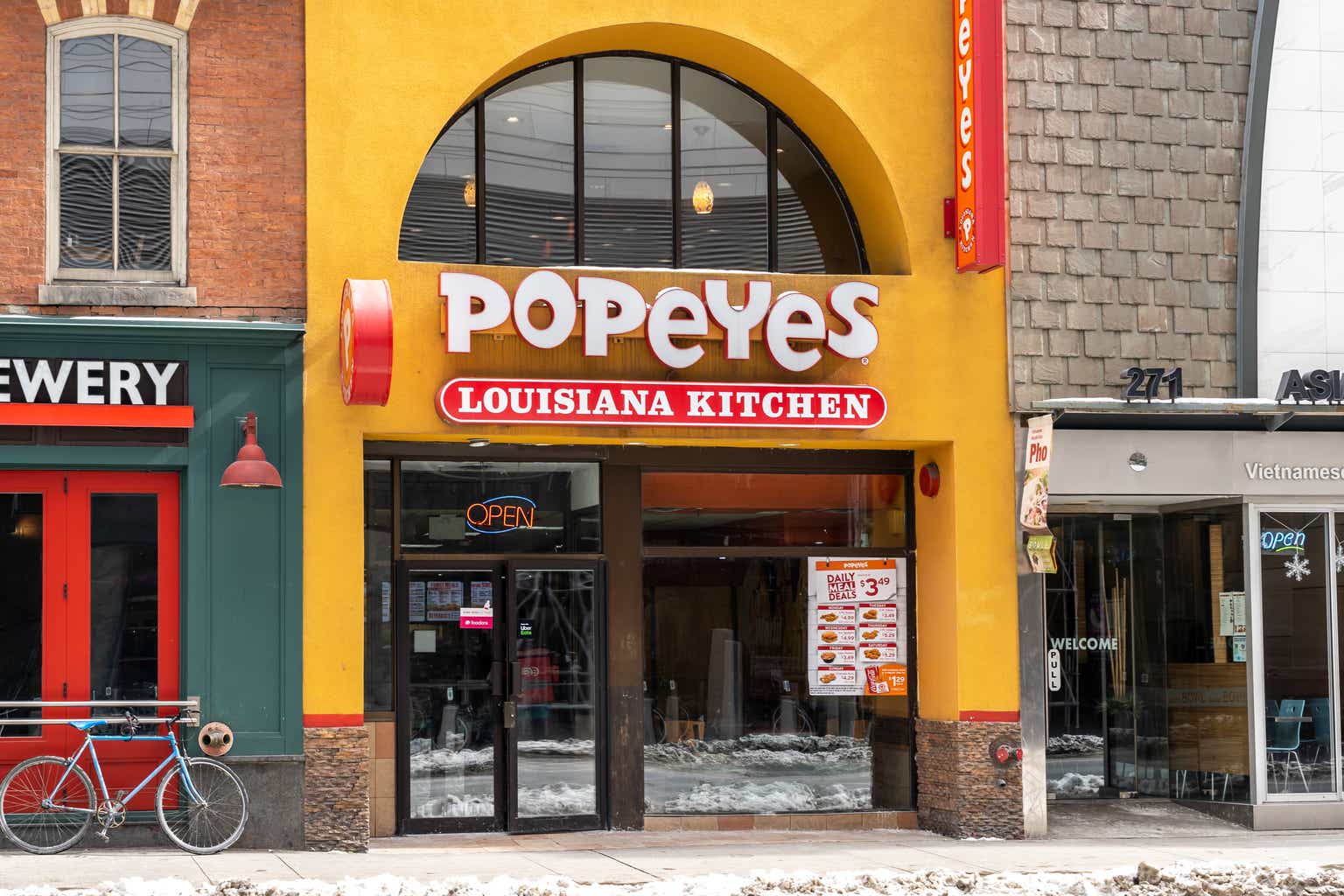If you’re buying or already own a leasehold property, there are times when you may want or need to make changes to the terms of the agreement. With a deed of variation, property leasehold agreements can be altered with the consent of both the freeholder and leaseholder.
In a general sense, a deed of variation is a legal document that is commonly used to allow beneficiaries of a will to change the way an estate is distributed after someone has passed away.
People often use a deed of variation to reduce inheritance tax, redirect inheritance to someone else, or resolve other disputes.
But in this guide, I will explain purely from a property perspective what a deed of variation is and how it works.
Deed of variation: Lease agreement changes
A deed of variation for leasehold properties is a legal document that changes the terms of an existing lease agreement.
Under a leasehold agreement in the UK, you own the property itself for a specified period, but not the land it stands on – 81% of apartments have a leasehold ownership model, according to the Conversation.
Leasehold properties are common for flats because they often have shared spaces like hallways and gardens. Leaseholders typically pay ground rent and service charges to the freeholder for the upkeep of communal areas and building maintenance.
A leasehold agreement is a legally binding document that outlines the terms and conditions of owning and occupying the property. It typically includes conditions around:
- Lease term
- Ground rent
- Service charge
- Insurance
- Leaseholder rights
- Restrictive covenants
- Forfeiture clauses
- Repair obligations
- And more
The government recently passed the Leasehold Reform (Ground Rent) Act 2022, putting an end to ground rent for most new residential leasehold properties. However, it does not apply to existing properties.
The freeholder owns the land and any communal areas – once the lease term expires, ownership of the property reverts back to the freeholder unless you extend the lease. Find out how much it costs to extend a lease.
The recently passed Leasehold and Freehold Reform Act 2024 should make it easier and less expensive to extend a lease, but according to the UK Parliament, the majority of the provisions are not yet in force.
People often use a deed of variation to fix issues that can address their ability to get a mortgage. Both the leaseholder and the freeholder must agree to the new terms and sign the deed in order for it to be valid.
Deed of variation examples
Two of the most common use cases for a property deed of variation involve extending leases and removing restrictive covenants.
Extending the lease term
The statutory option comes under the Leasehold Reform Housing and Urban Development Act 1993 and lets qualifying residential leaseholders buy a 90-year lease extension, with costs based on a set formula.
But a deed of variation can provide more flexibility than this default option. It works for both residential and commercial leases, with the extension length agreed between the freeholder and leaseholder.
The process can be quicker and less formal than the statutory route. While you still need to pay for a lawyer’s fees, this can work out to be less expensive when compared to the typical statutory costs – see MoneySavingExpert for an example of these.
After initial talks between the freeholder and leaseholder confirming their interest in proceeding, they should negotiate the new lease extension with a solicitor, who drafts the terms. Both parties review these changes before signing the deed of variation agreement.
Removing restrictive covenants
Restrictive covenants are legal limitations placed on the title deeds, often by a previous owner. Other parties setting restrictive covenants can include housing developers and property management companies.
These limitations restrict what the current owner can do with the land or property. The purpose is usually to maintain the character and value of either one sole property or a group of properties, such as an estate.
Any future owners are still bound by the existing restrictive covenants attached to the leasehold agreement, no matter how many times the property changes hands.
Examples include restrictions on making property extensions or alterations, while some have strict terms on how the current owner can use the property – e.g. restricting the running of a business.
If you’re buying a property, it’s the responsibility of your conveyancer or solicitor (lawyer) to identify and inform you about any restrictive covenants.
Who is involved in a deed of variation?
As shown in the two examples mentioned above, the key parties involved in agreeing a deed of variation are the freeholder and leaseholder.
Lawyers representing the different parties can help make sure that the deed of variation has the correct wording.
When buying the property, the leaseholder’s mortgage lender may need to provide their consent too – for example, if the lease length or a restrictive covenant will impact on their lending decision.
You also need to register a deed of variation with the Land Registry.
How much does a deed of variation cost?
Responsibility for paying the cost of a deed of variation falls on the leaseholder, as they are the one seeking the change.
The precise cost for a deed of variation varies on several factors, such as the complexity of the changes and the lawyer’s time.
But according to Unbiased, a deed of variation can typically cost several hundred pounds. In some cases, the costs may rise to the low thousands.
It can take several weeks to finalise but without the freeholder’s consent, the deed of variation cannot take effect.
Final thoughts: Deed of variation
If you are selling a leasehold property, as part of being ‘vendor sale ready’ check the number of years left on the lease. It becomes much more expensive to extend a lease when there are fewer than 80 years remaining.
If your lease length has close to 80 years left, a buyer may insist that you extend the lease prior to the sale, causing delays. In this case, speak to your lawyer about whether you need a deed of variation with the freeholder’s consent to make any changes to your lease.
I hope you found this article useful and for other guides, take a look through the Fine Living blog. Recent guides include an explainer on how a periodic tenancy works and a piece on buying a property you are currently renting – can you do it?
If you have any questions or would like to ask about a property in the Fine Living portfolio, please don’t hesitate to get in touch.
Want to discuss the advice on this blog – or anything else?
















